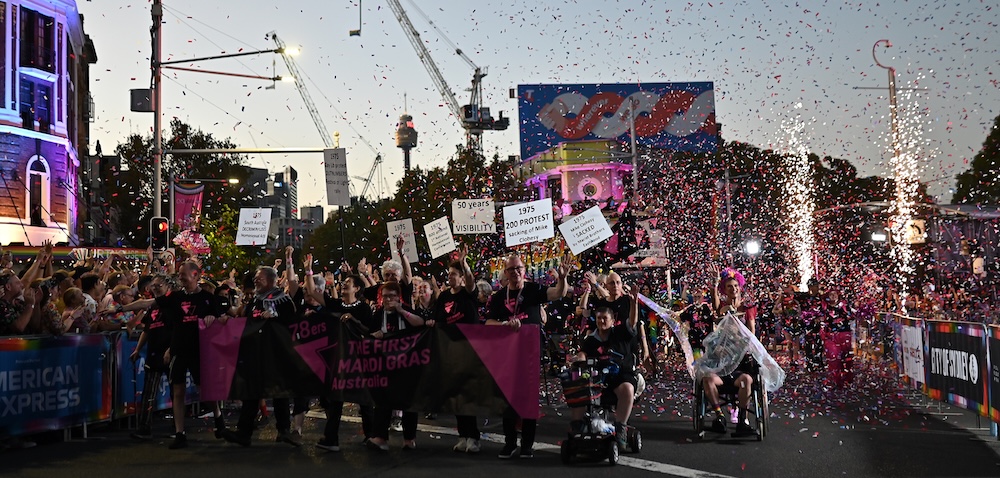
Needle exchanges cut HIV rates
A report released in Sydney shows needle and syringe programs have proven effective in reducing HIV and hepatitis C infections, with calls for further expansion of the scheme.
The report by the National Centre for HIV Epidemiology and Clinical Research, Return on Investment 2: Evaluating the cost-effectiveness of needle and syringe programs in Australia, found free distribution of injecting equipment in high-risk communities has prevented more than 32,000 new cases of HIV infections and around 100,000 new hepatitis C infections since 2000.
Australian Federation of AIDS Organisations executive director Don Baxter said the report shows giving injecting drug users access to needle and syringe programs has had an overwhelmingly positive effect on slowing down HIV and hepatitis C infection rates.
“Lives have been saved as a result of this program, chronic infections avoided and billions of dollars in health budgets can be spent on other things, as a result of the massive numbers of infections avoided,” Baxter said.
Baxter said despite this, state-based needle and syringe programs still face opposition from local quarters.
“One of the key issues is ready access and needle syringe programs continue to run into problems from local government authorities and some community organisations, particularly some Christian ones… wanting them closed down or curtailed,” he said.
Baxter said now the report is in, needle exchange programs should be increased around the country by 400 percent.
“We really need to scale up needle syringe programs before we see a good impact on reducing hep C infection,” he said.
“The price of doing that is really minor compared to the long-term medical costs that are put into those hep C infections.
“Hep C is the one that’s growing. We have about 9000 – 10,000 new infections of hep C each year and only 1000 HIV infections [via injecting drug use], so that area is the biggest reduction of harm to people.”










Hepatitis could lead to liver cirrhosis if you did not maintain a healthy lifestyle.~~.